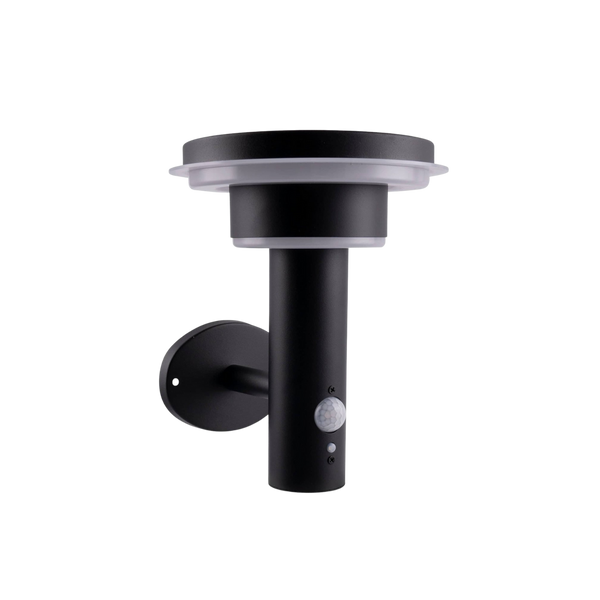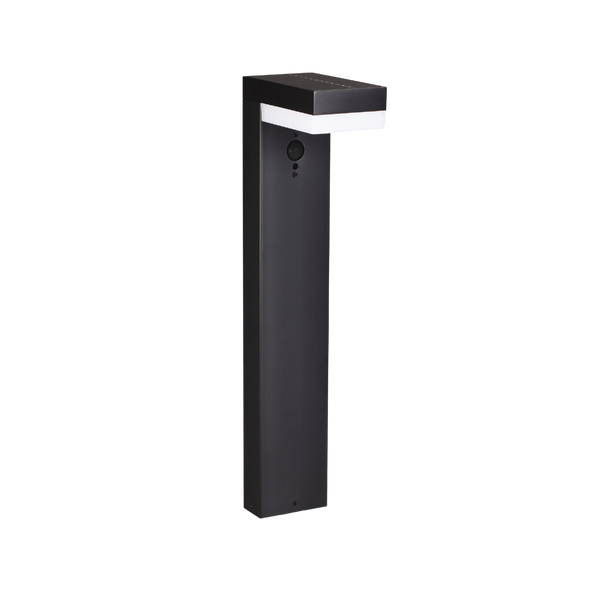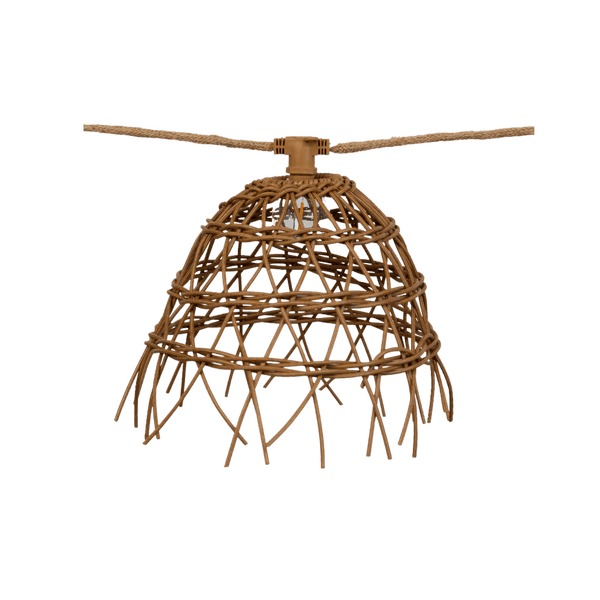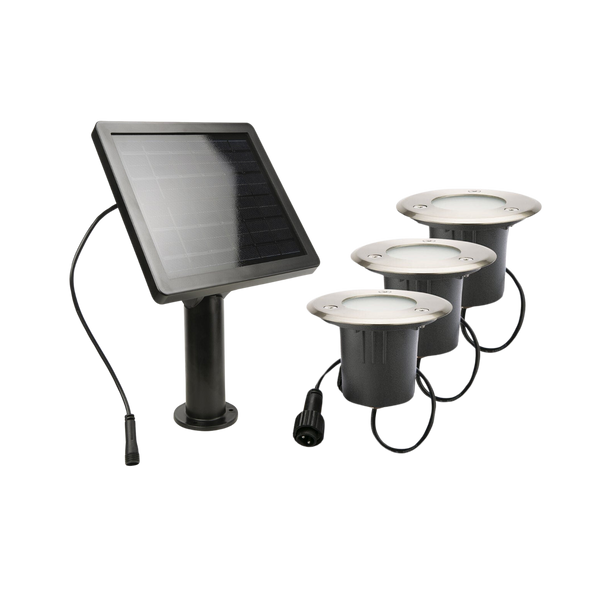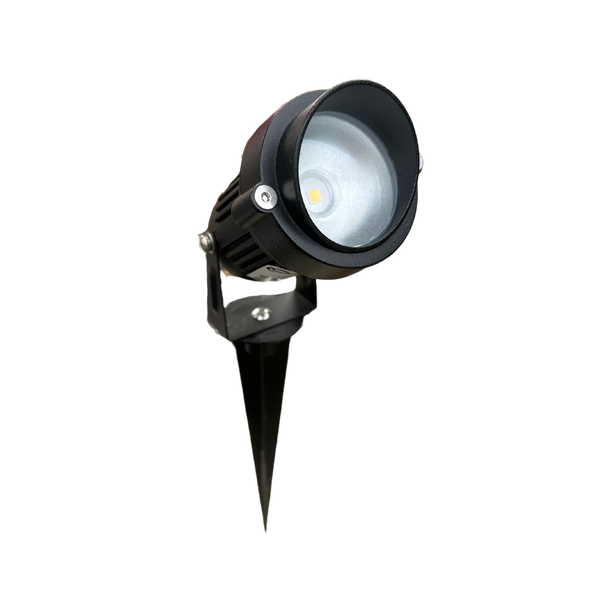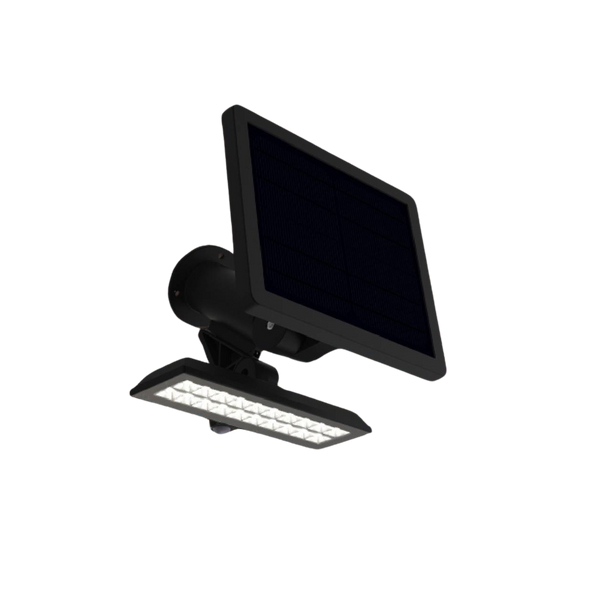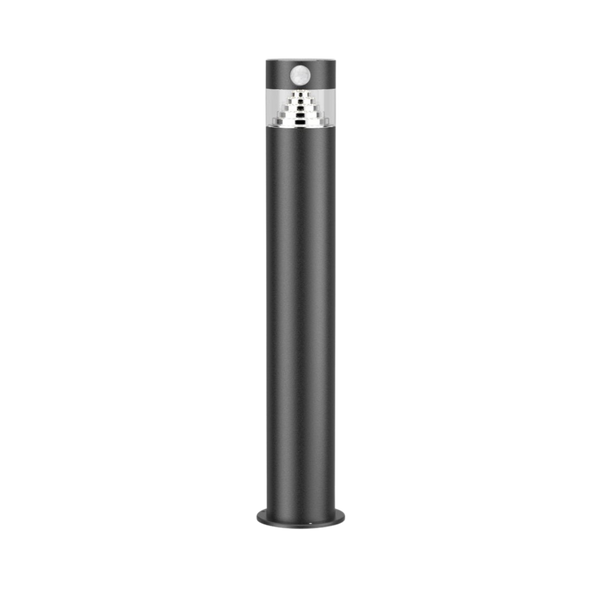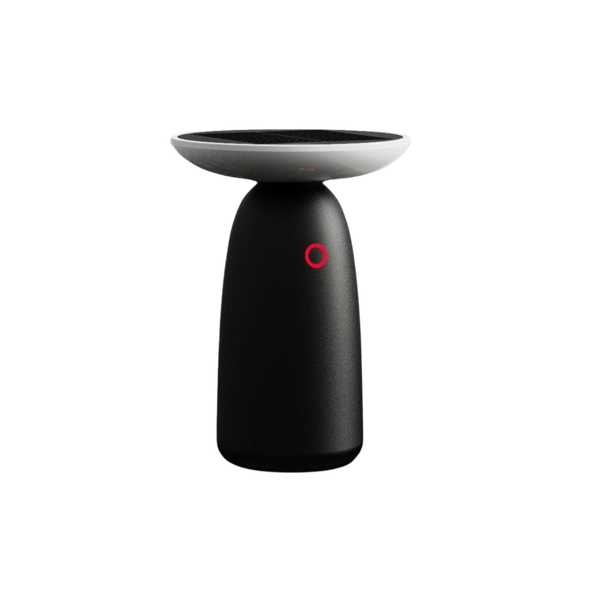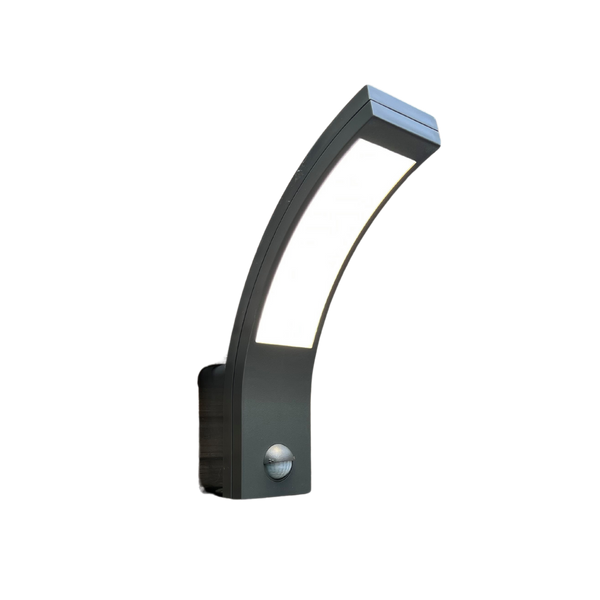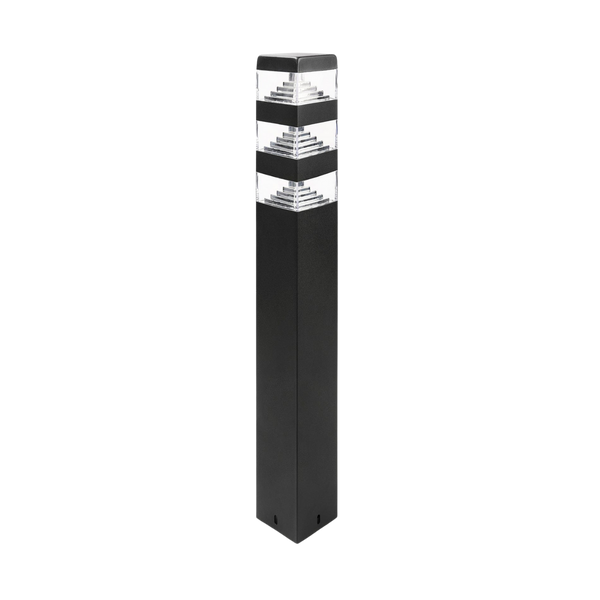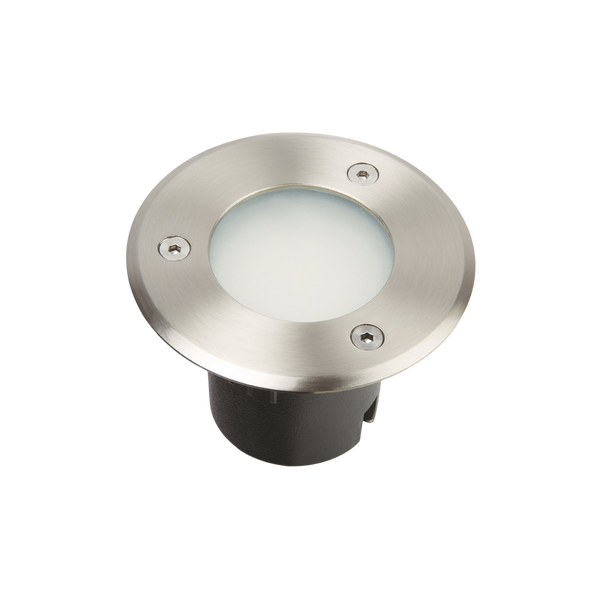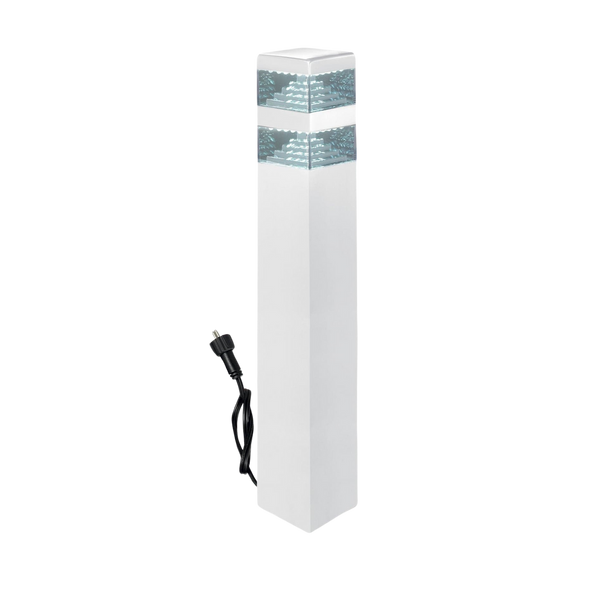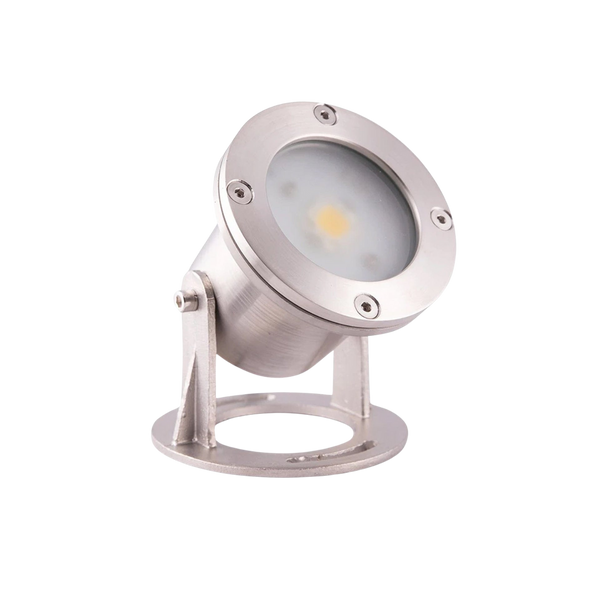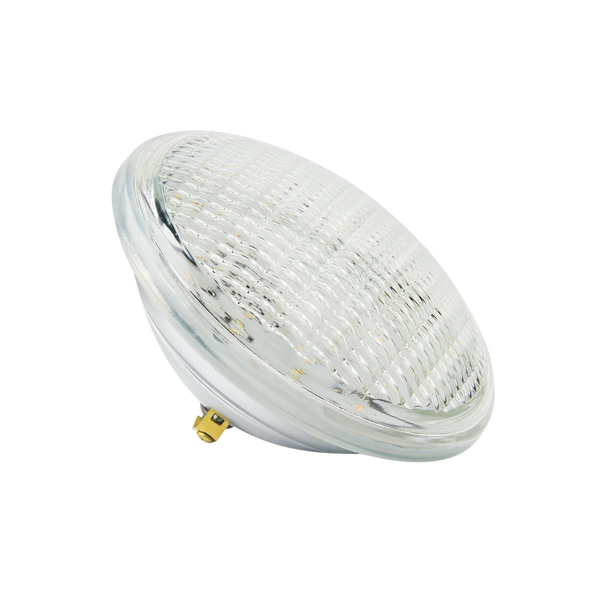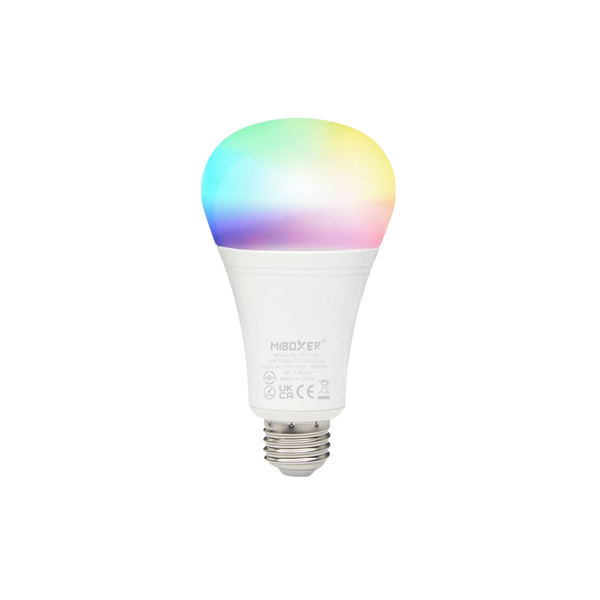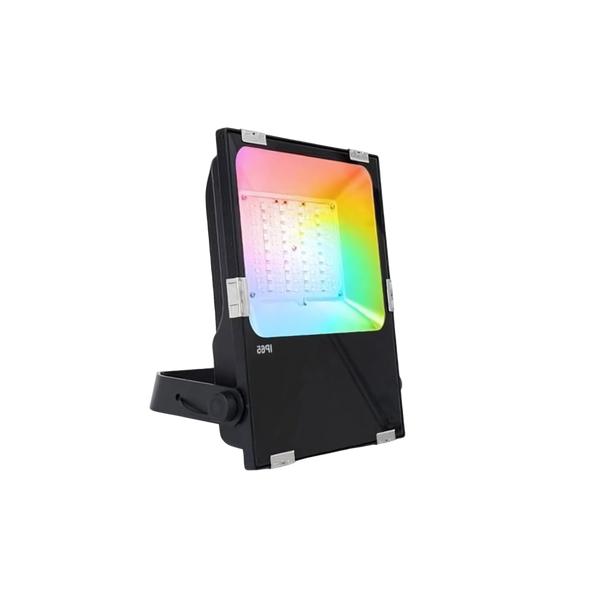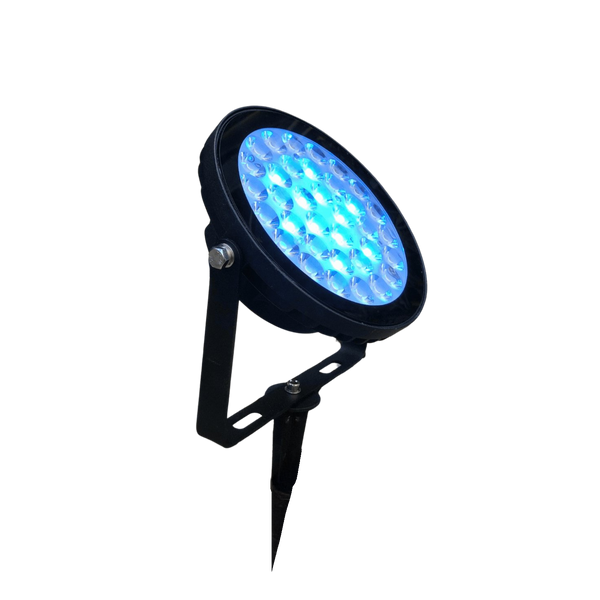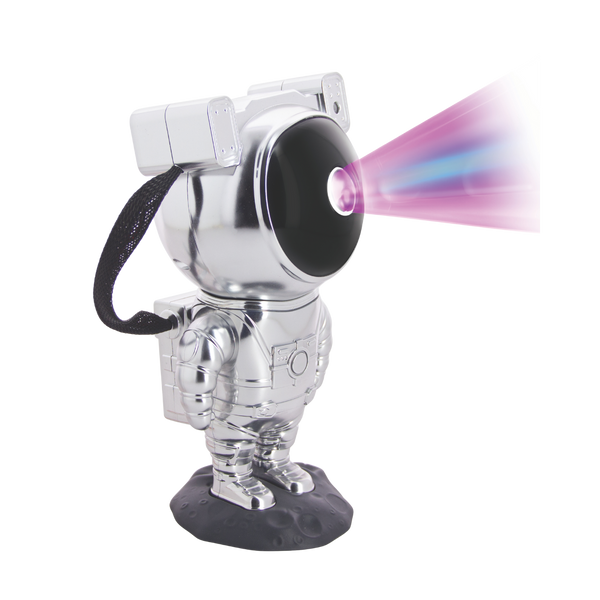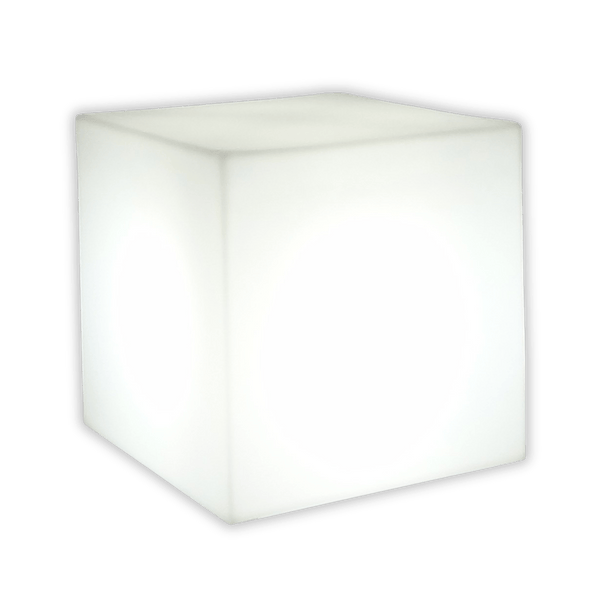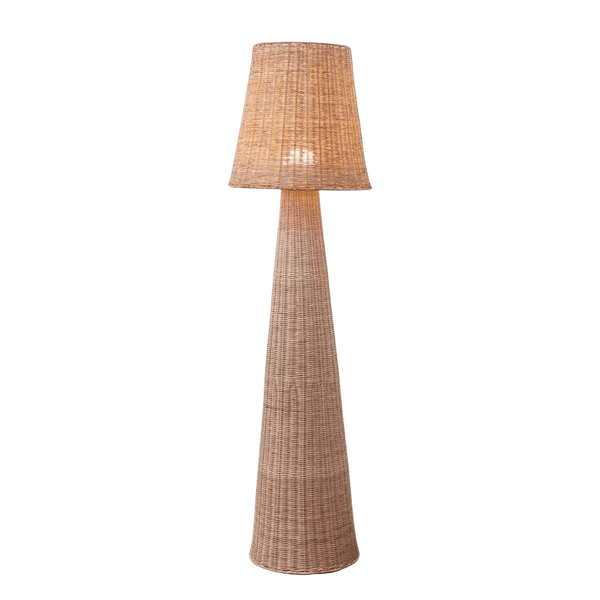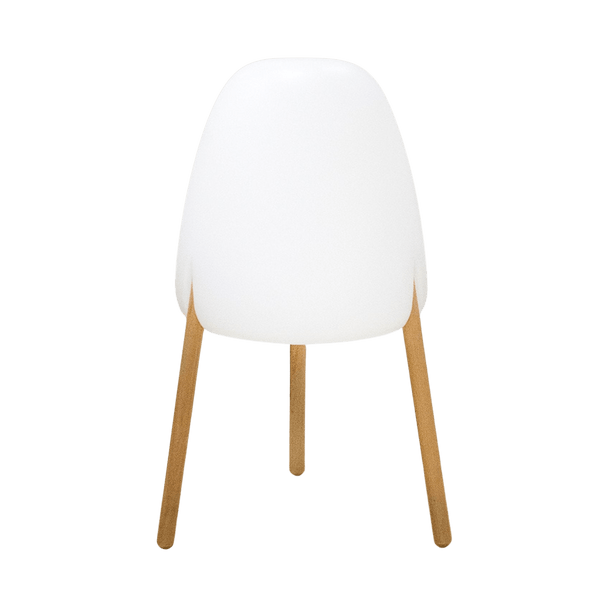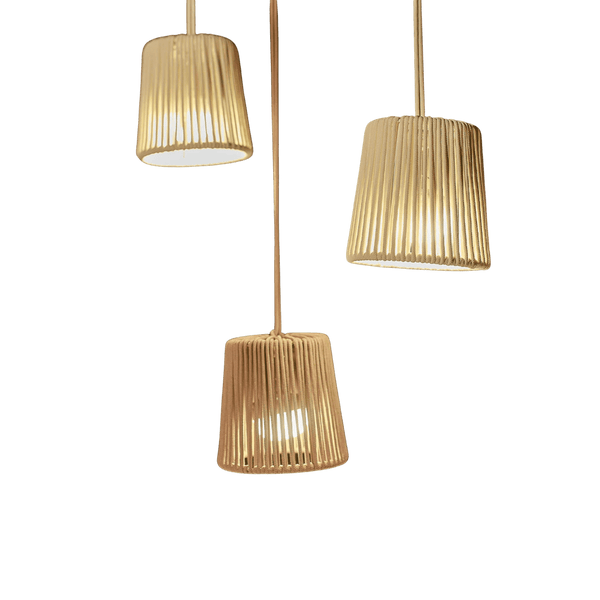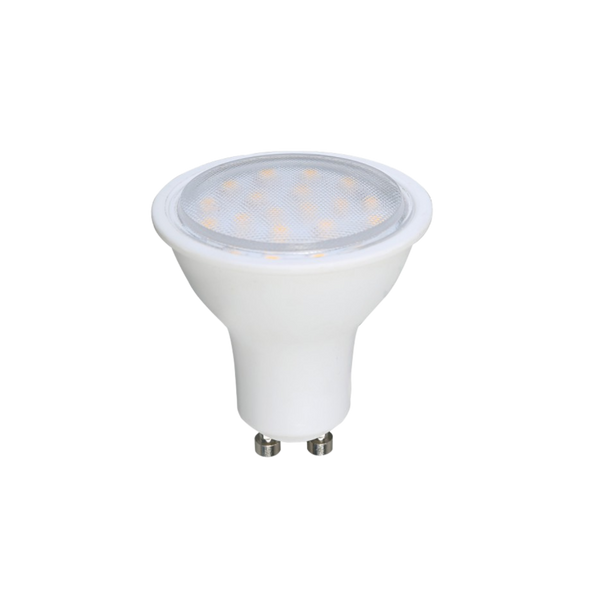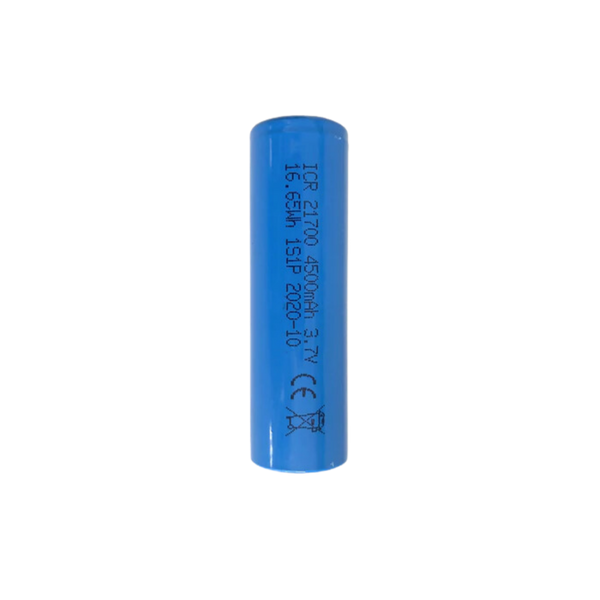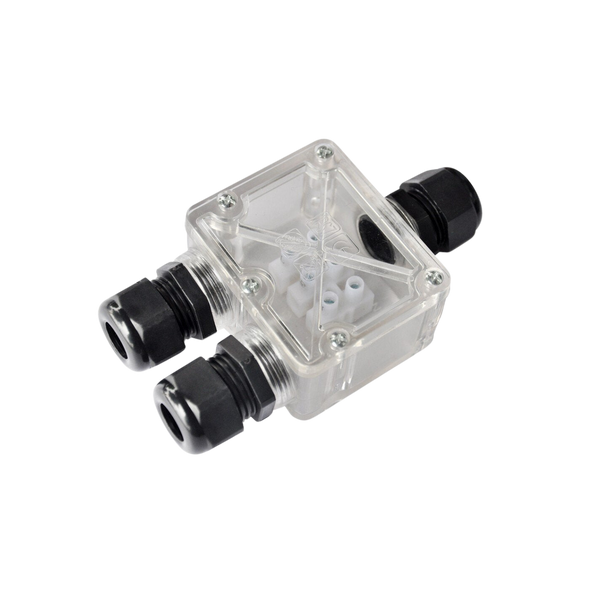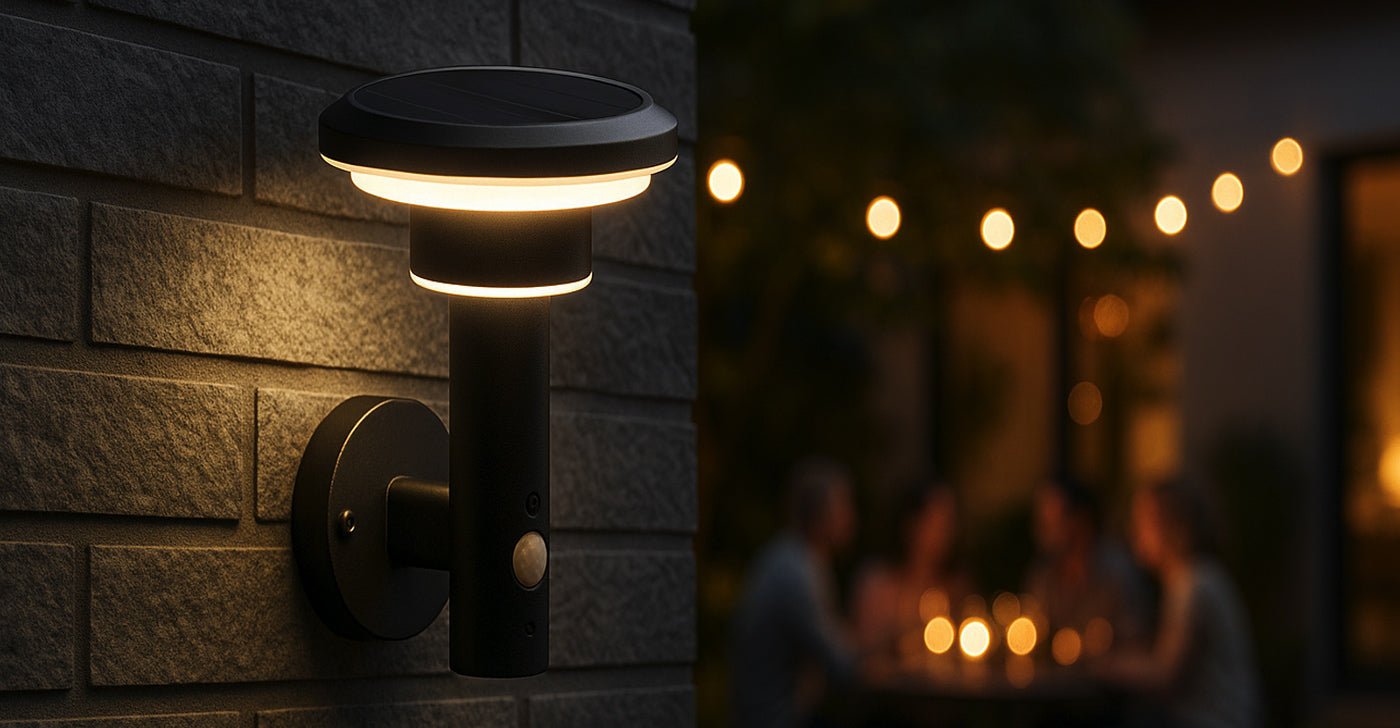It's not enough to choose a beautiful solar-powered wall light for effective, harmonious lighting. You also need to know where to position it. The wrong location can ruin all your efforts: persistent shadows, batteries that struggle to recharge, disappointing visuals...
Good news: a few simple guidelines are all it takes to transform your exterior. In this article, we'll show you how to position your solar-powered LED wall lights to suit each specific situation: terrace, entrance, garage, driveway...
Why choose a solar LED wall light?
Solar LED wall lights are now a practical and elegant solution foroutdoor lighting.
It operates autonomously on solar energy, eliminating the need for electrical work or unsightly extension cords. It also offers excellent energy efficiency, with no running costs. Add to this easy installation, designer models and options such as motion detectors or reinforced waterproofing, and you've got a luminaire that's aesthetically pleasing, economical and environmentally friendly.
Perfect. But now there's another crucial question: where exactly to place them? Because a poorly positioned sconce means inefficient lighting, persistent shadows, poor battery discharge... and disappointment.
Fortunately, there are a few simple (but not always intuitive) rules for getting the most out of your solar wall lighting. Whether it's for your terrace, a house entrance or even along the side of a garage, we'll guide you location by location.
On a terrace: creating ambiance without blinding the eye
A terrace requires atmospheric lightingnot a soccer stadium spotlight. Sconces should not be placed too high (as they will overwhelm the light) or too low (as they will dazzle your seated guests).
The right reference point?
Place sconces at about 1.60 m from the floor, i.e. at face height. This gives a soft, horizontal diffusion, perfect for creating a warm atmosphere.
How many do you need?
Count on one wall light every 2.5 to 3 meters, depending on their wattage (400 to 600 lumens are sufficient for this type of space). Ideally, you should alternate them with a few light sources on the floor or table to vary the lighting levels.
"On a terrace, the classic mistake is to overlight. It's better to have a subdued effect, which is more comfortable for enjoying summer evenings," explains Christophe Coelho, founder of Lumihome.
Near an entrance: combining aesthetics and safety
Your entrance is the most frequented place... by you, your visitors, your delivery people and sometimes mosquitoes. You need lighting that's reliable, directional, but not aggressive.
Recommended height: between 1.70 and 2 meters, positioned to illuminate the door handle and threshold. Ideally on the side of the door (or symmetrically on both sides if space permits).
Recommended wattage: between 600 and 800 lumens with motion detector. This guarantees rapid activation without leaving the area in the dark.
"Our solar wall lights with sensor auto-calibration are perfect for entrances: they only come on when they're needed, and stay off when you're not there, if you like."
Along a garage: for visibility and manoeuvrability
Whether it's for finding your car key or maneuvering in reverse, garage wall lighting needs to be bright, practical and wide.
Where to place them?
Install a sconce on each side of the garage door, at a height of around 2 metres. If your garage has two doors, consider adding one in the center or above, for even illumination.
Recommended models: high power (800 to 1000 lumens) with wide angle, reactive PIR sensor and an IP rating above 44.
Walkways: rhythm and safety
For a side path or driveway, the aim is to provide effective signage without concentrating too much light. This is where the rhythm of the installation comes into its own.
Ideal distance between sconces: between 2 and 3 meters, staggered if possible. This avoids excessive "spotlight" effects.
Half-height installation (1.30 to 1.50 m) to avoid excessively vertical light projections and ensure good legibility of the floor.
"The important thing is consistency, not power. You light to navigate, not to highlight a window."
A few tips for all cases
-
Optimize solar exposure: always place sconces on a well-exposed wall (south or west), free from obstacles such as eaves or foliage.
-
Check the IP rating: for outdoor use, you'll need at least IP44, or even IP65 if your walls are directly exposed to the elements.
-
Think of the overall effect: even if you're installing several models, ensure visual unity by opting for consistent shapes, colors and heights.
And finally...
A well-chosen sconce is good. But a well-placed wall light is even better. To light your outdoors effectively, give your fixtures the right location, the right angle and the right height.
And at Lumihome, all our models are designed for easy installation, without the need for an electrician. All you have to do is drill... in the right place.


